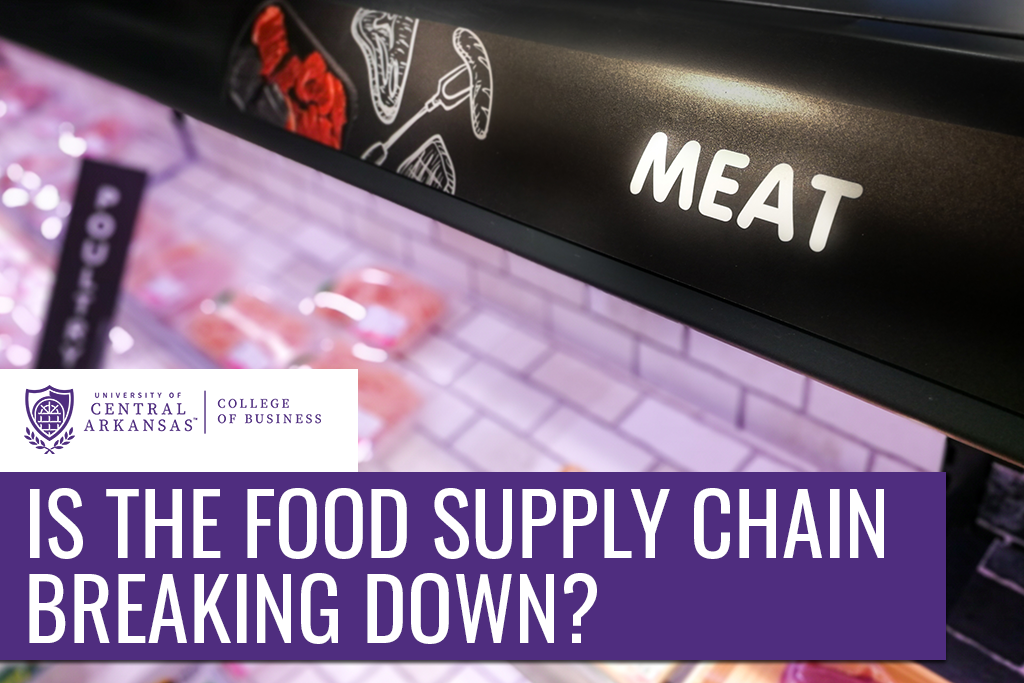
Doug Voss, Ph.D., professor of logistics and supply chain management
Doug Voss, Ph.D., professor of logistics and supply chain management, has been appointed to the American Transportation Research Institute’s Research Advisory Committee.
As part of the committee, Voss will help the institute identify top research priorities for the trucking industry. The appointment runs through 2022.
“Our members serve a critical role in identifying and prioritizing the trucking industry’s top research needs,” said Rebecca Brewster, president and COO of the American Transportation Research Institute. “We congratulate all those appointed by the ATRI Board to serve in this important role and look forward to working with them.”
The American Transportation Research Institute, founded in 1954, conducts transportation research that focuses on the industry’s role in a safe, efficient and viable transportation system. In the past, this has included research on congestion, economic analysis, safety, security, technology, environment and infrastructure.
Its research committee is composed of professionals from across the trucking industry, including sectors like motor carriers, industry suppliers, drivers, shippers, academia and government.
Voss is the director of the UCA College of Business’ Center for Logistics Education, Advancement and Research, and was named the Scott E. Bennett Arkansas Highway Commission Endowed Chair of Motor Carrier Management in 2015. He has been at UCA since 2007.
Voss is the first person from UCA to serve on the American Transportation Research Institute’s Research Advisory Committee.
“Dr. Voss has been vital to the growth of our logistics program since its inception in 2017,” said Michael Hargis, dean of the College of Business. “This latest recognition shows our program continues to gain respect among industry professionals across the region and nation, thanks to Dr. Voss’ efforts.”
Voss also serves on the Arkansas Trucking Association Board of Directors and has since 2015. He was a member of the inaugural class of the Arkansas Trucking Association’s 40 Under 40 Council in 2010 and served on the council through 2016.
He earned his bachelor’s and master’s in transportation and logistics at the University of Arkansas. He earned his doctorate in logistics at Michigan State University.

 Issue 1 on Arkansas ballots this November considers an amendment to the Arkansas Constitution that would continue a 0.5% sales tax for highways, roads and bridges.
Issue 1 on Arkansas ballots this November considers an amendment to the Arkansas Constitution that would continue a 0.5% sales tax for highways, roads and bridges.

